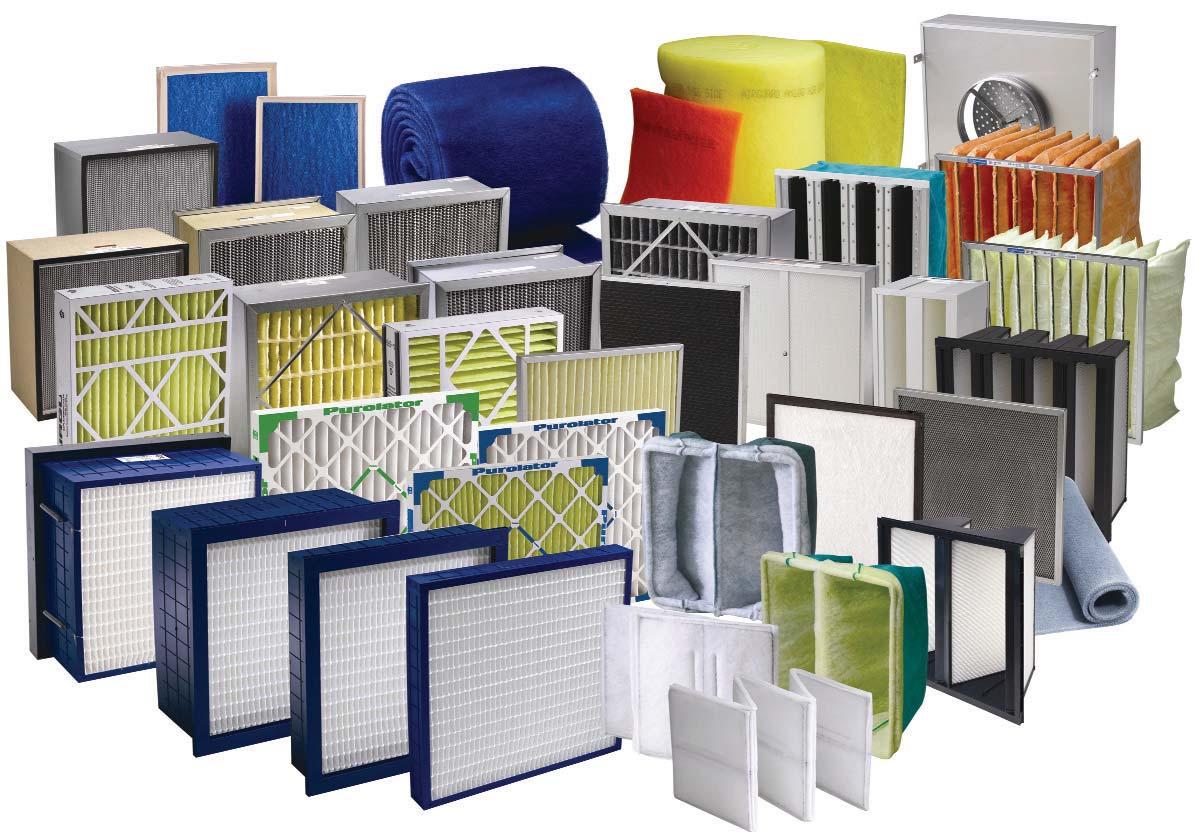
1 minute read
The latest in air fi ltration for schools
By Bob Jackson
In Canada, 5.7 million school children and close to one million teachers, administrators and others walk into 15,000 school buildings every day – and at least 50 per cent of these schools have been diagnosed with indoor air quality (IAQ) problems. Indoor air quality problems can be caused by a wide range of factors including indoor sources of contaminants such as building materials, furnishings, cleaning agents, printing and copying devices, combustion appliances, allergens, fungi, moulds, bacteria, viruses, radon, and lead. Tighter buildings, combined with reduced ventilation, can also reduce IAQ and affect the health and well-being of school occupants. In addition to contributing to health problems, poor air quality can be costly for schools due to the potential for expensive investigation and hasty solutions during a major indoor air problem; higher heating and cooling costs; damage to the physical building structure and mechanical equipment; and higher liability. Thus, the proper maintenance of indoor air is more than a “quality” issue – it encompasses safety and stewardship of the investment in students, staff and facilities. The promotion of good indoor air quality in schools is particularly important, since poor IAQ can potentially affect the health of students and staff, as well as the educational process and costs. Good IAQ contributes to a favourable learning environment for students, productivity for teachers and staff, and a sense of comfort, health, and well-being for all school occupants. These combine to assist a school in its core mission – educating children.
Particulate in the Air
In the past, many schools used low-effi ciency (MERV 1-4) fi lters that removed minimal levels of all particulate mat-
Air Filtration Specialists


